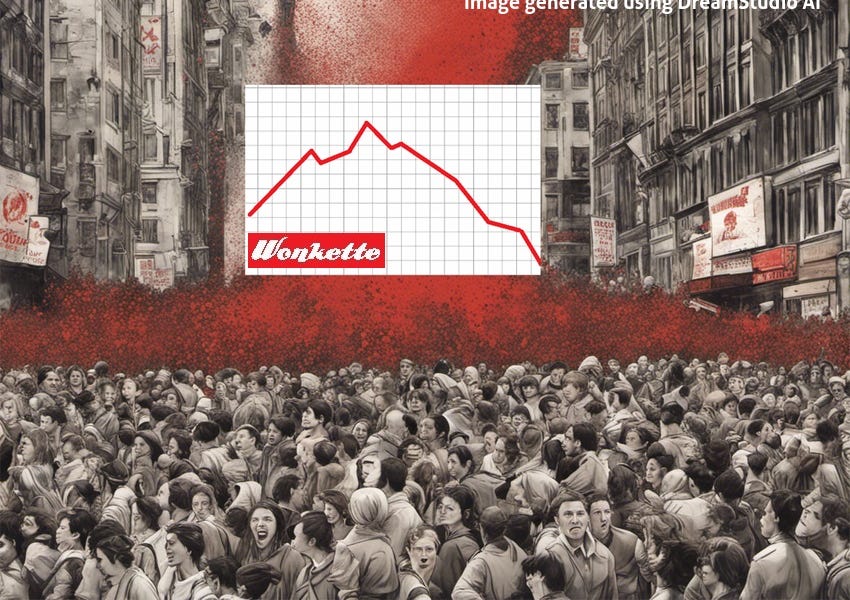
Inflation Declines for the Seventh Consecutive Month in Ghana
Ghana’s inflation rate continued its downward trend in July 2025, dropping to 12.1% year-on-year from 13.7% in June. This marks the seventh consecutive month of decline and represents the lowest inflation rate since October 2021. The sustained reduction in inflation indicates that pressure on prices is easing, although some sectors still experience price increases.
The monthly inflation rate rose by 0.7%, suggesting that while overall inflation is decreasing, certain goods and services are still seeing upward price movements. This means that, on average, prices in July were 12.1% higher compared to July 2024. The decline in inflation is a positive sign for economic stability and consumer purchasing power.
According to the Ghana Statistical Service (GSS), the primary contributors to inflation in July were the Food and Non-Alcoholic Beverages category, followed by Housing, Water, Electricity, Gas, and Other Fuels, as well as Clothing and Footwear. These four categories accounted for 79.3% of total inflation. The GSS highlighted that food inflation remained the largest single driver, contributing more than half of the overall rate.
Food inflation decreased slightly from 16.3% in June to 15.1% in July. Despite this drop, the cost of food items still increased by 0.6% on a month-on-month basis. Meanwhile, non-food inflation also declined, falling from 11.4% in June to 9.5% in July. This suggests that sectors such as housing, transport, education, and healthcare are experiencing faster disinflation. However, non-food prices still rose by 0.7% over the same period.
Local vs. Imported Goods Inflation
Inflation for locally produced goods fell to 12.9% in July, down from 14.0% in June. These goods accounted for 73% of total inflation. On the other hand, inflation for imported items dropped from 12.5% to 10%, contributing 27% to the overall rate. The GSS attributed the lower inflation for imports to factors such as currency stability and reduced global shipping costs.
Locally produced goods saw a 0.9% increase in prices month-on-month, while imported items experienced a marginal rise of just 0.1%. This contrast highlights the impact of domestic production and international trade dynamics on price trends.
Sectoral Breakdown of Inflation
Goods inflation, which includes essential items like food, housing, clothing, and electricity, declined by one percentage point to 14.2% in July. Services inflation, covering areas such as rent, education, and transport, fell significantly from 9.3% to 6.2%.
Despite the overall decline, there were variations within the sectors. Goods prices increased by 0.5% between June and July, while services prices rose by 1.3% during the same period. These figures underscore the complex nature of inflation, with different sectors responding differently to economic conditions.
Regional Disparities in Inflation Rates
Inflation rates varied significantly across regions in Ghana. The Upper West Region recorded the highest inflation at 24.8%, down from 32.3% in June but still more than double the national average. In contrast, the Central Region had the lowest inflation rate at 7.7%, a decrease from 11.1% in June. These regional disparities emphasize the need for tailored policy responses to address local economic challenges effectively.
The continued decline in inflation is a positive development for Ghana's economy, signaling improved price stability and potential relief for consumers. However, the persistence of some price increases and regional disparities suggest that further efforts are needed to ensure balanced economic growth and sustainable inflation control.
